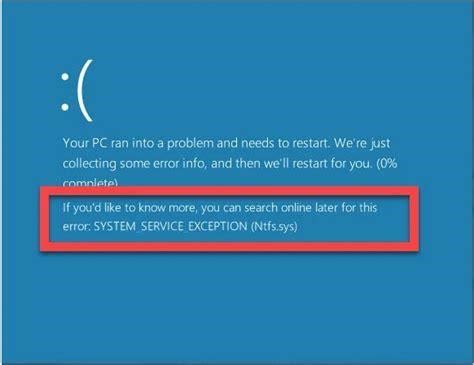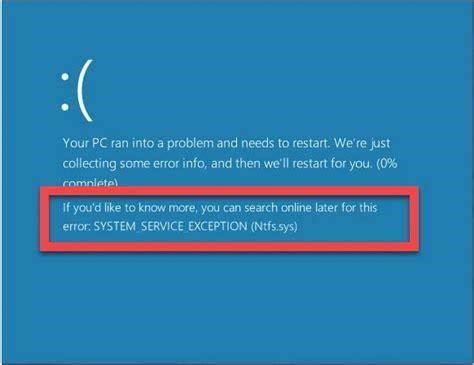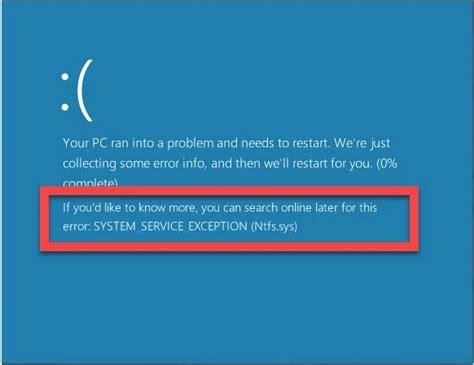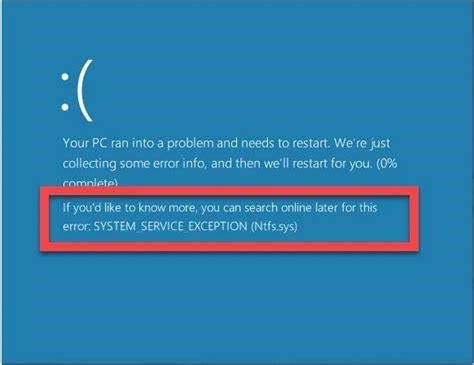Keeping Windows 11 Running Smoothly with the Nvidia MX 230 GPU
The release of Windows 11 has had its fair share of bugs and compatibility issues, especially when it comes to graphics drivers and OpenGL support. For users with Nvidia MX 230 notebook GPUs, a common problem is receiving an error that the graphics card needs to support OpenGL 3.3 to run certain 3D applications and games properly.
Fortunately, with a few tweaks and driver updates, we can get an Nvidia MX 230 GPU working smoothly with OpenGL 3.3 on Windows 11. In this post, we’ll walk through the steps to troubleshoot graphics issues and optimize Windows 11 for peak performance with this entry-level Nvidia mobile chipset.
Update to the Latest Nvidia Graphics Driver
The first step is ensuring you have the most up-to-date graphics driver installed that is optimized for Windows 11. Nvidia and laptop manufacturers like Dell are constantly tweaking drivers and releasing new versions, so it pays to stay on top of updates.
You can grab the latest Nvidia driver from the Nvidia website or your laptop manufacturer’s support site. Be sure to download the correct driver for your specific Nvidia MX 230 model and Windows version. Perform a clean install of the driver, restart your system, and then check if the OpenGL 3.3 error persists.
Configure Graphics Settings for Performance
If the driver update doesn’t resolve the issue, the next thing to check is your Windows 11 graphics settings. We want to ensure the Nvidia GPU is enabled and set as the high performance option for graphics-intensive apps and games.
Open the Windows 11 Graphics Settings panel by right-clicking your desktop and selecting "Display Settings > Graphics Settings." For any apps that trigger the OpenGL 3.3 error, choose them under the "Classic App" list.
Click on the "Options" button for each problematic app and change the setting to "High Performance." This forces Windows to utilize the Nvidia GPU for maximum power. Don’t forget to save your changes before exiting.
Look for Overheating Issues
One of the common causes of poor graphics performance, crashing, and errors is overheating. The tight confines of a laptop combined with dust buildup in fans can cause the Nvidia MX 230 to throttle down or shut off to protect itself.
Check your operating temperatures with a utility like Speccy or HWinfo. If the GPU is exceeding 85°C when under load, steps should be taken to improve cooling. Try elevating the laptop to increase airflow, using a cooling pad, or cleaning out the intake vents with compressed air. A thermal paste reapplication on the GPU may also help.
Verify Application Compatibility
While the Nvidia MX 230 supports OpenGL 3.3 and higher, some games and apps – especially older titles – may not be optimized or coded properly to leverage those capabilities. Check with the developer to see if an update is required on their end to enable full OpenGL 3.3 support.
For games, using a compatibility tool like DXVK can translate DirectX calls to OpenGL, potentially resolving errors. You may also need to run the application in Windows 10 compatibility mode to bypass issues.
Keep Monitoring for Driver and Application Updates
Since Windows 11 is still so new, you can expect to see frequent driver updates from Nvidia and app patches from developers to fix compatibility problems. Keep watching for new driver releases and game patches which may contain vital OpenGL 3.3 bug fixes and performance improvements.
Also monitor Windows Update for any new system patches that can potentially help with the stability and compatibility of your Nvidia GPU in Windows 11. Keeping atop these updates is key to ensuring maximum performance.
When All Else Fails, Roll Back to Windows 10
If after trying all potential solutions, your Nvidia MX 230 still refuses to work properly in Windows 11, temporarily rolling back to Windows 10 may be your best option for now. Microsoft provides a 10-day window for easy Windows 11 downgrades.
Given a bit more time for Nvidia and app developers to work out the kinks, you can then try upgrading back to Windows 11 again once proper driver support and compatibility is ensured. This avoids having to struggle with half-functional graphics performance indefinitely.
With a some carefully applied troubleshooting steps, we can get an aging Nvidia MX 230 GPU running smoothly in Windows 11. Driver updates, config tweaks, cooling improvements, compatibility checks, and monitoring for patches are the keys to unlocking full performance. If issues still persist, waiting for more robust Windows 11 driver support in Windows 10 may be prudent. With the rapid pace of GPU driver development, OpenGL 3.3 issues with the MX 230 will likely be remedied soon.




